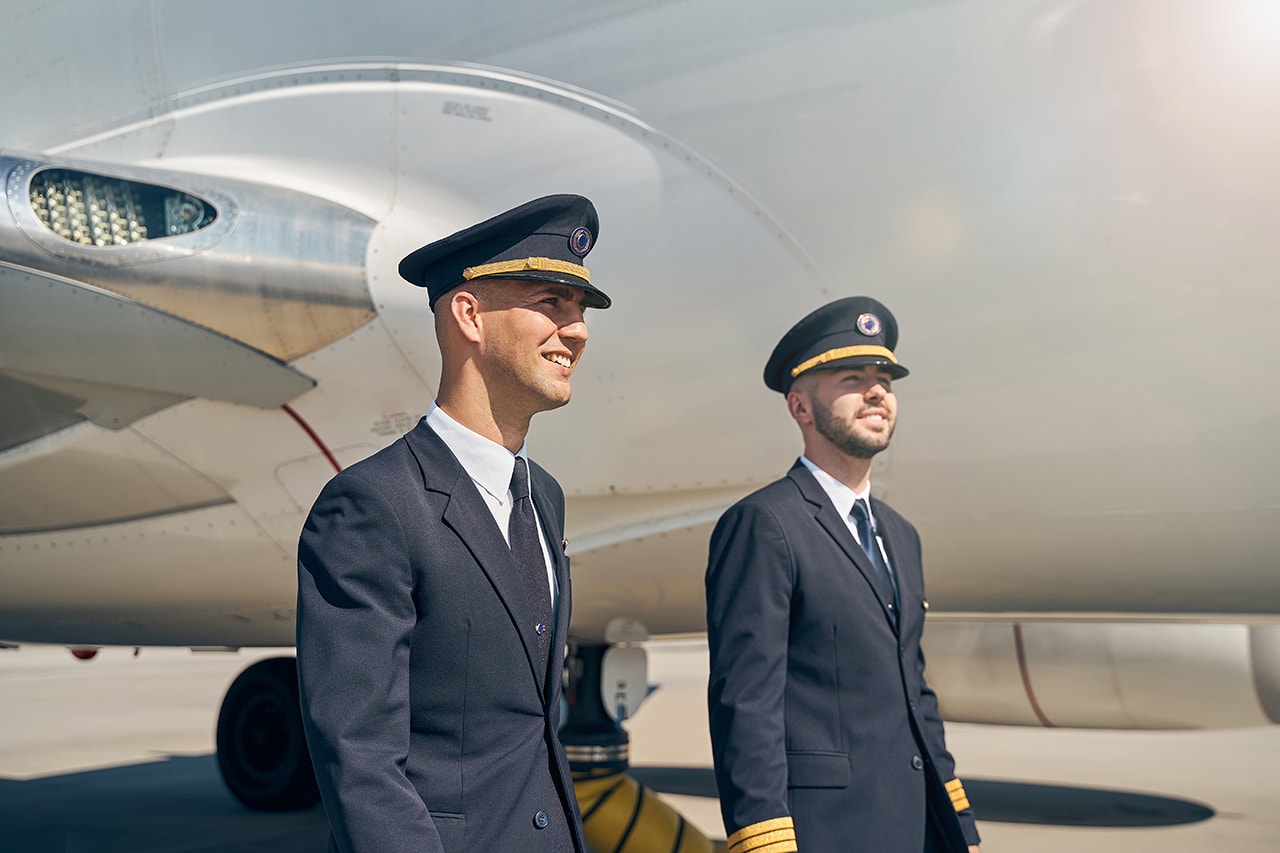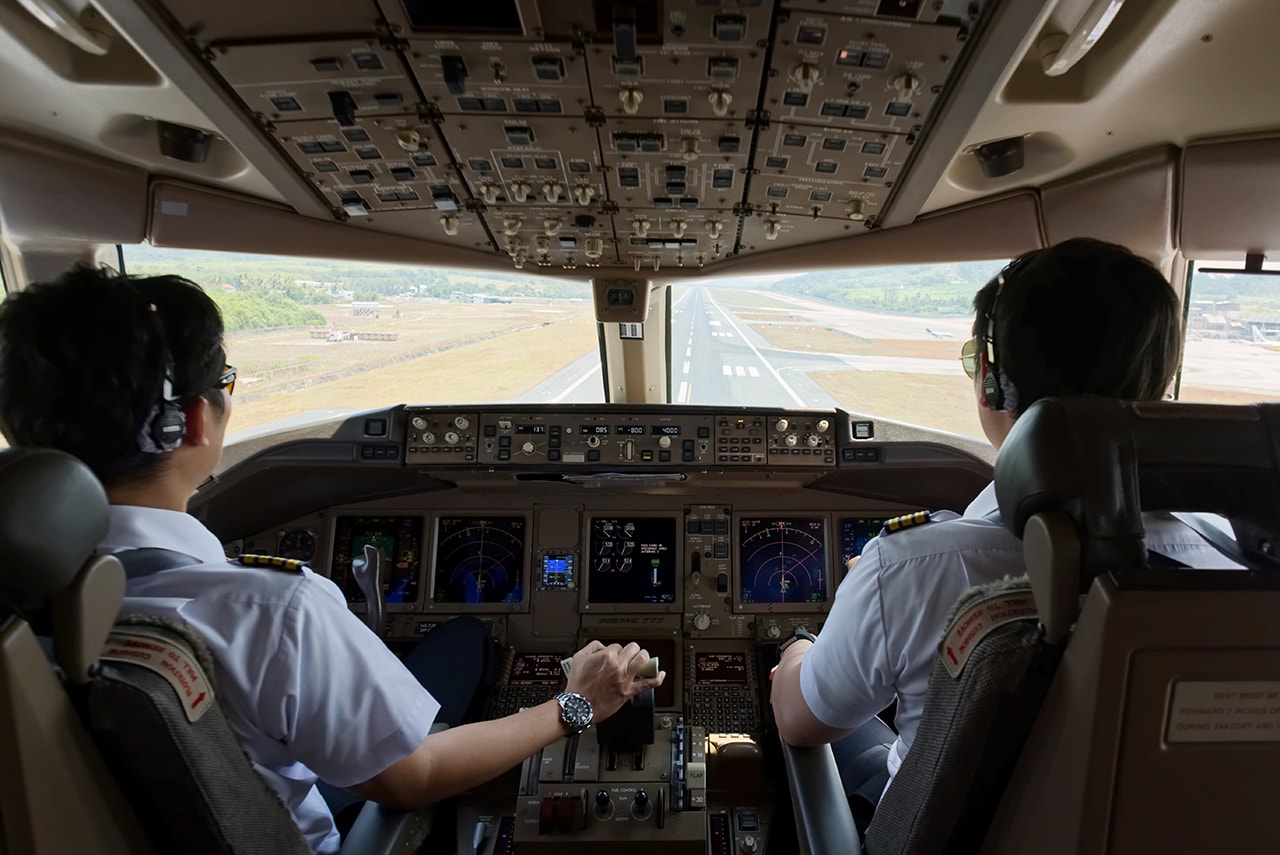How Long Can a Pilot Fly in a Day? Your Complete Guide
Jun 03, 2025
A pilot can typically fly up to 8 hours in a day under U.S. regulations and up to 13 hours in Europe, depending on the crew size and circumstances.
This guide will explain these limits, the regulations behind them, and address the question of how long a pilot can fly in a day, as well as how pilots manage their duty times.
Key Takeaways
-
Pilots’ duty periods include all responsibilities and are strictly regulated to prevent fatigue and ensure safety during flights.
-
FAA and EASA have established specific daily flight time limitations and maximum duty hours to manage pilot workload and promote alertness.
-
Acclimatization and rest requirements play critical roles in determining pilots’ allowable flight duty periods, ensuring they remain well-rested and capable.
Additionally, how many flying hours to become a private pilot is a critical consideration when aspiring pilots plan their flight training to meet the necessary requirements set by aviation authorities.
Understanding Duty Periods and Flight Duty Periods

In aviation safety, there are specific rules for duty periods and flight duty periods for crew members and passengers. For pilots, their duty period starts at check in and ends 30 minutes after they’ve finished their post flight duties.
This includes all tasks a pilot has to do, including training sessions, standby reserves, or deadhead transportation (travel without flying an aircraft). The pilot training duration is also a crucial factor in ensuring that pilots have the necessary skills and experience to handle these duties effectively.
For an airline pilot, the flight duty period itself starts when a pilot checks in and ends when they’ve secured the aircraft after the last flight of the day. Within this period, pilots are actively involved in flying duties related to commercial operations which means pre flight inspections and journey related tasks to ensure safety and operational effectiveness.
By setting these boundaries around work schedules, these rules help prevent pilot fatigue by ensuring those responsible for flying have sharpness and proficiency throughout their flying duties.
Daily Flight Time Limitations
To reduce pilot fatigue which is a major risk to flight safety the FAA (Federal Aviation Administration
) Has daily flight time limitations. For single pilot operations there is an 8-hour limit in any 24-hour period. For 2 pilot crews up to 10 hours. By enforcing these limits pilots are not pushed beyond safe working limits and remain alert while flying.
EASA regulations differ slightly by allowing multi pilot crews up to 13 hours of flight time per day under certain conditions. But they too have strict rules: no more than 100 flight hours in any 28-day rolling window and a ceiling of 900 flight hours in any calendar year for each individual pilot.
These rules are to regulate the burden on pilots and ensure sufficient rest periods between their operational duties.
Understanding how flight time limits are structured helps clarify how many hours pilots can safely operate within a given period. By setting daily flight time limits, these regulations play a big role in reducing fatigue among pilots.
By doing so, they increase overall aviation safety and give aircrew members ample downtime essential for both recovery and health standards in aviation professions.
Maximum Duty Hours Over Different Periods

Pilots are restricted to maximum hours per period. EASA rules state a pilot can’t work more than 60 hours in a week or 110 hours in 2 weeks. A pilot can’t work more than 190 hours in a 28-day rolling period. These limits are to prevent overwork and fatigue of pilots and to increase overall safety of flight.
Airlines and their crews (including both pilots when flying with 2 pilots in the aircraft) have a joint responsibility to ensure these hour limits are adhered to even during unexpected delays. FAA rules state commercial pilots can’t be scheduled for more than 32 hours in 7 days. Keeping track of how many flight and duty periods each pilot does ensures adherence to these operational limits for how many total concurrent serviceable minutes a pilot fly.
Monitoring the hours pilots work is a critical part of maintaining compliance and flight safety standards.
Aviation authorities like the European Aviation Safety Agency are always looking out for the safety of both flight crew and passengers. That means managing the working hours of staff specifically, those who work in aerial navigation so that they're not over-extended. And that starts with how pilots acclimate to their new time zone.
The Role of Acclimatization in Flight Duty Periods
That acclimatization process is key to flight duty periods. A pilot is considered acclimatized when their body clock matches the local time at the departure point. That usually takes about two hours. When that happens, pilots are more alert and less tired during flights.
When a pilot starts their duty in a place that's more than two hours ahead or behind their home base, they need to get some rest to ensure those longer flights are safe. The maximum flight duty period for an acclimatized crew member is 13 hours. That can decrease with additional sectors and with rest breaks in between.
Pilot fatigue can reduce the maximum flight time if you’re flying during times of low circadian rhythm. These rules are to prevent pilot fatigue and ensure safety on all flights.
Commander's Discretion and Extensions
In exceptional circumstances the Commander’s Discretion allows you to extend the maximum flight duty period by up to 2 hours. This is to handle delays or unexpected situations, the captain will decide if using this discretion keeps safety.
If in-flight rest facilities are available, you can extend flight duty by another hour, making the total extension time 3 hours. If there are extra crew on board pilots may have longer duty periods. There is an absolute maximum flight duty time while on duty that does not exceed 14 hours. These rules balance flexibility with safety.
Rest Requirements Between Duty Periods

The FAA requires 10 hours rest before your next duty period to be alert and ready to fly. If there is an unexpected delay, at least 8 hours sleep must be guaranteed. Otherwise, do not fly.
EASA requires 12 hours downtime after your duty tour. The time between flights is 10-11 hours off-duty depending on how long your previous duty was. These are fatigue safeguards to ensure you are fit for the next task.
EASA allows adjustments to these rules for time off after flight operations. For example, after 16 hours of duty, you get the same 16 hours off for rest before any other task starts, even if there are minor adjustments to the rest period due to delays as long as it still fits within the authority’s parameters to allow for recovery and flexibility in airline schedules.
Pilot Fatigue Management Strategies
Managing pilot fatigue is a key part of keeping safe in aviation. To reduce fatigue regulations, require crew to take rest breaks during long flights. Airlines deploy extra crew for long haul flights to meet these fatigue management standards, so pilots get downtime and stay alert for long haul flights.
Staying hydrated is key to energy levels. Pilots should monitor their water intake relative to body weight to stay hydrated. 20–30-minute naps can be a great way to reduce tiredness without feeling groggy when you wake. Sleep quality is improved by dark, quiet and cool environments.
To better understand fatigue trends and real-world conditions faced by flight crews, airlines and authorities often rely on pilot reports, which provide crucial insights for improving fatigue mitigation strategies.
To avoid exhaustion eating foods with stable energy sources is part of a balanced diet for pilots on duty. They are advised not to drink too much caffeine before sleep times so as not to disrupt sleep patterns later.
Exposure to full spectrum light is an aid for those who need to realign with natural circadian rhythms especially when faced with irregular flying schedules these various tactics help prevent fatigue and keep pilots alert and focused during flight.
Typical Day for Short Haul Pilots
A short haul pilot’s day is a series of tasks all nicely choreographed. An hour before the flight departs, pilots are in the crew room and start pre-flight preparations. Along with cabin crew, pilots have a briefing on the flight, so everyone knows what they need to do.
As part of their role during the flight, these pilots monitor the aircraft systems, talk to air traffic control and do regular checks on the fuel. Short haul pilots might fly several flights in a day. Each one follows the other quickly as the turnarounds are rapid some as quick as 25 minutes between flights. Short haul operators need to be very time efficient to ensure safe and efficient operations and enough time to fly effectively.
The taxi phase requires pilots to be on high alert as it’s critical to avoid any ground incidents. Communication between cabin crew and ground staff is key to a smooth operation without compromising safety. These processes show just how busy and challenging daily life can be for those who work in this world of aviation as short haul experts.
Typical Day for Long Haul Pilots

Long haul pilots have different challenges to short haul pilots. They cross multiple time zones and have longer duty periods. During these long flights, crew members get around 2.5 hours of rest within multi hour blocks, in specially equipped bunks with beds and comms systems.
If bunks aren’t available, pilots will reserve a seat to rest. This is part of flight operations as it allows the crew to manage their sleep cycles and get enough rest key to staying alert and safe flying.
Doing long duty periods while crossing time zones is complex but rewarding for long haul pilots who want to meet the safety standards for international flights across long distances.
Impact of Delays on Pilot Hours
Flight delays affect pilot duty periods and can result in longer hours on duty. These extra hours are tightly controlled to ensure they don’t exceed the maximum allowed hours of work. If a pilot goes beyond those limits and flies a flight, they could lose their license and face criminal charges.
In emergency situations, there is an exception to the rules for extending pilot duty hours. But generally, these are separate rules from the standard practice. This framework is designed to prevent pilots from flying in conditions deemed unsafe and to protect their health and safety.
Frequently Asked Questions
How long can a pilot fly in a day according to FAA regulations?
In aviation, safety comes first so regulations state that a single pilot can fly for a maximum of 8 hours in any 24 hour period. If there’s a two pilot crew, they can fly for up to 10 hours.
What are the rest requirements between duty periods for pilots?
Under FAA regulations, pilots must receive a minimum of 10 hours of rest before they start their next duty period. EASA guidelines stipulate that this rest period should be at least 12 hours.
It is crucial to comply with these rest requirements to maintain pilot alertness and ensure safety.
How many flights can a short-haul pilot operate in a day?
A short-haul pilot typically operates up to four or five flights in a single day, depending on route specifics.
What is Commander's Discretion?
Under exceptional circumstances, Commander’s discretion allows for the extension of the maximum flight duty period by up to two hours. This ensures operational flexibility while maintaining a focus on safety.
How does acclimatization affect flight duty periods?
Ensuring a pilot’s biological clock is in sync with the local time, usually within a 2 hour window, directly affects the flight duty periods and rest requirements. This sync is key to determining flight duty hours.
So you must acclimatize to practice safe aviation.
